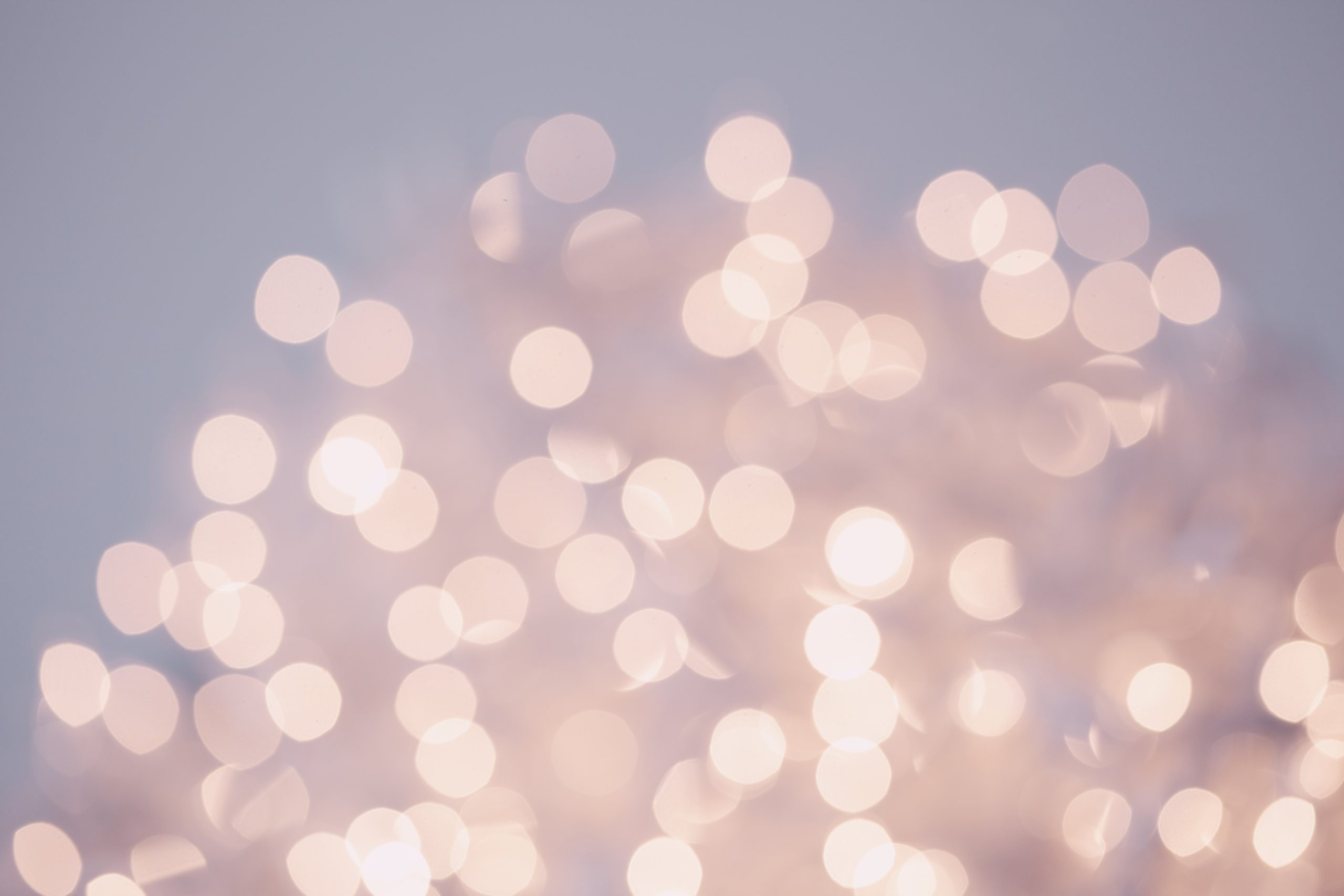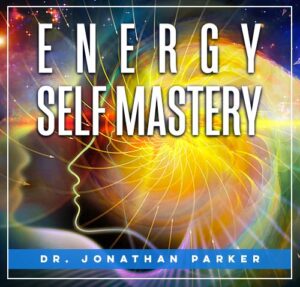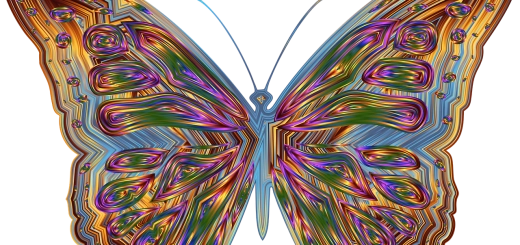How To Avoid Energy Drain In Crowded Spaces

Looking for more amazing products? Check out our online store and explore our collection here! Happy shopping!
Before diving in, please note: This post is for informational purposes only. If you’d like to know more about how we approach topics, feel free to check out our friendly Disclaimer Page.
Hey there, amazing readers! 
We’re committed to delivering quality posts, and your support (even just sticking around despite the ads) means everything to us. So, bear with us, and thanks for helping us keep the good vibes rolling. Now, on to the fun stuff!
TRANSLATE BUTTON AT THE END OF THE ARTICLE
A Quick Overview
Social situations are a big part of our lives.
Whether it’s a concert, a conference, or a bustling coffee shop, crowded spaces can drain our energy faster than I can say “too many people!” It’s easy to feel overwhelmed, anxious, or just plain tired when surrounded by many folks.
But fear not!
With the right tools and mindset, we can navigate these busy environments with grace and regain our vitality.
Let’s explore practical strategies to keep that energy tank full while enjoying the company of others.
Understanding Energy Drain in Crowded Environments
When we step into a crowded space, our senses go into overdrive.
The sounds, sights, and smells all compete for our attention, which can lead to sensory overload.
Think about it: have you ever walked into a packed room and immediately felt your pulse quicken?
That’s your body reacting to the stimulation.
Crowded environments can also trigger feelings of anxiety and stress.
For some, it can feel like being in a pressure cooker.
The sheer number of people around can make you feel claustrophobic, especially if you’re naturally introverted.
Moreover, social dynamics play a crucial role.
Engaging in small talk, reading body language, and trying to keep up with conversations can be taxing.
Our brains are wired to read social cues, and when too many cues bombard us, mental fatigue sets in.
Even the energy of others around us can impact how we feel.
If the crowd is buzzing with excitement, it can be contagious, but if it’s tense, that energy can weigh us down.
Understanding these factors helps us prepare and respond better.
When we know why we feel drained, we can take proactive steps to manage our energy.
Recognizing the Signs of Energy Depletion
How do we know when our energy is dwindling?
The signs are often subtle but telltale.
First, pay attention to your physical sensations.
Do your muscles feel tense?
Is your heart racing?
These are clues that your body is overwhelmed.
Next, emotional cues can also signal that it’s time to step back.
Are you becoming irritable?
Do you feel like you want to retreat?
That’s your mind’s way of saying it’s had enough.
Cognitive fog is another telltale sign.
Master your Energy and Awaken Your Spirit – start your journey here.
If you find it hard to concentrate on conversations or feel like you’re zoning out, it’s a signal to recharge.
You might also notice a decrease in your usual enthusiasm.
If you love being around people but suddenly feel disinterested, that’s a red flag.
Lastly, if you find yourself continuously checking your watch or looking for an exit, it’s probably time to take a break.
Recognizing these signs early can make a huge difference.
Preparing Mentally Before Entering a Crowded Space
Mental preparation is my secret weapon for surviving crowded spaces.
Before stepping into a bustling environment, I like to visualize the experience.
Picture yourself navigating the crowd with ease and confidence.
This simple mental rehearsal can create a sense of familiarity.
I also set intentions for my time there.
Am I there to connect with friends?
To learn something new?
Defining this purpose helps anchor me when things get overwhelming.
Another helpful technique is to remind myself that it’s okay to leave early.
I often tell myself that I don’t have to stay if I start feeling drained.
Giving myself permission to exit can lift a weight off my shoulders.
Creating a personal mantra can also work wonders.
Something simple, like “I am calm and in control,” can be a source of strength.
Lastly, I take a moment to breathe deeply before entering.
Inhale, hold, and slowly exhale.
This helps ground me and ensures I’m entering the space with a positive mindset.
Choosing the Right Time to Avoid Busy Crowds
Timing can be everything.
I’ve learned that certain times of the day are less hectic than others.
For example, if I’m planning to visit a popular café, I aim for mid-morning or mid-afternoon.
The early morning rush and lunchtime crowds can be a recipe for energy drain.
Weekdays tend to be quieter as well, especially if you can manage to go during business hours when most folks are at work.
If I’m attending an event, I try to arrive early or late.
The frantic atmosphere during peak times can be exhausting.
There’s something to be said for being proactive.
I’ve also discovered that planning my outings during off-peak seasons can make a huge difference.
For instance, visiting an amusement park during the weekdays in the off-season allows for a much more enjoyable experience.
Ultimately, it’s all about being strategic with your plans.
Practicing Deep Breathing Techniques for Calmness
When the crowd gets a little too much, I know I can always rely on deep breathing.
It’s a simple yet effective way to bring my focus back.
I start by finding a quiet space, even if it’s just a corner.
I close my eyes and take a deep breath in through my nose, expanding my diaphragm.
I hold it for a few seconds before exhaling slowly through my mouth.
It’s like releasing all the tension of the day.
I usually repeat this process three to five times.
I feel my heart rate slow and my mind clear.
It’s a quick reset that can be done anywhere, even in the midst of a bustling environment.
Deep breathing activates the body’s relaxation response.
It reduces cortisol levels, which helps alleviate stress.
I often remind myself: breathe in peace, breathe out anxiety.
This little mantra keeps me centered.
Moreover, using visualization during deep breathing can enhance the experience.
As I breathe in, I picture calm blue waves washing over me.
As I exhale, I imagine the stress leaving my body.
Utilizing Grounding Techniques for Emotional Stability
Grounding techniques are my go-to for maintaining emotional stability in crowded spaces.
These methods help me stay anchored in the present moment, rather than getting lost in anxious thoughts.
Master your Energy and Awaken Your Spirit – start your journey here.
One effective technique is the five-senses method.
I look for five things I can see, four I can touch, three I can hear, two I can smell, and one I can taste.
This not only distracts my mind from overwhelming feelings but also reconnects me with my surroundings.
Another strategy involves using physical sensations.
I often carry a small object in my pocket—a smooth stone or a stress ball.
When I feel anxious, I hold it tightly.
The texture and temperature bring me back to the present.
Movement can also be grounding.
If the situation allows, I take a minute to stretch or shift my weight from one foot to the other.
It’s a small action that can greatly alleviate tension.
Finally, I practice gratitude.
In the midst of chaos, I quietly remind myself of things I’m thankful for.
This shift in focus helps me gain perspective and manage my emotions better.
Creating Personal Space: The Power of Boundaries
Having clear personal boundaries is essential in crowded places.
This may sound simple, but it’s a game-changer.
I’ve learned to establish my physical space.
Standing with my feet shoulder-width apart and my arms relaxed at my sides helps create an invisible force field.
This simple act reminds others that I’m not just a part of the crowd; I’m a person with my own needs.
Sometimes, I even use my belongings to create space.
I place my bag on the floor in front of me or on a chair.
It serves as a barrier and sends a subtle signal to others about my personal space.
Verbal boundaries are equally important.
If someone gets too close, I don’t hesitate to politely express my need for a little more space.
A simple, “Could you please give me a bit more room?” can go a long way.
Practicing boundary-setting can feel intimidating at first, but with time, it becomes second nature.
Ultimately, being assertive about my boundaries helps me feel more in control, reducing the energy drain from navigating a crowd.
Staying Hydrated to Maintain Your Energy Levels
Hydration is key to staying energized in crowded spaces.
I can’t stress this enough!
Dehydration can lead to fatigue, headaches, and irritability.
I always carry a water bottle with me, especially when I know I’ll be in a busy environment.
Sipping water throughout the day helps maintain my energy levels.
Sometimes, I also opt for hydrating snacks.
Fruits like watermelon and oranges are not only delicious but also packed with water.
If I’m at an event with snacks, I gravitate toward those high in water content.
Avoiding too much caffeine or sugary drinks is wise, as they can lead to crashes later on.
I find that staying aware of my hydration levels enhances my overall experience in crowded settings.
It’s amazing what a little water can do!
Engaging in Positive Self-Talk for Empowerment
The voice in my head can be my best friend or my worst enemy.
That’s why engaging in positive self-talk is crucial, especially in crowded spaces.
Before entering, I remind myself of my strengths.
I might say, “I am capable of handling this,” or “I thrive in social situations.” These affirmations boost my confidence.
If I start feeling overwhelmed, I combat negative thoughts with positive ones.
I tell myself, “I can take a break if I need to,” or “It’s okay to feel this way.”
I also focus on my accomplishments.
Reflecting on past successes in similar situations reminds me that I’ve managed before and can do it again.
Visualizing successful interactions with others can also be empowering.
I picture myself engaging in meaningful conversations, laughing, and enjoying the moment.
Positive self-talk isn’t just about boosting confidence; it also helps reframe my perspective.
It turns potential anxiety into excitement and anticipation.
Focusing on Your Breathing to Stay Centered
Once I feel my energy dipping, I refocus on my breath.
It’s a simple yet powerful tool to regain my center.
Whenever I notice my mind racing or my body tensing, I take a moment to pause.
I close my eyes, if I can, and take three deep breaths.
Inhale deeply, hold it, and exhale slowly.
This process not only calms my nervous system but also brings my focus back to the present.
I find that when I focus on my breath, I become less reactive to external stimuli.
In crowded spaces, I sometimes count my breaths.
For example, I count to four as I inhale, hold for four, and exhale for four.
This rhythmic pattern calms me right down.
Additionally, I practice “box breathing” when I’m feeling particularly drained.
It’s simple: inhale for four counts, hold for four, exhale for four, and pause for four before inhaling again.
This technique helps ground me and keeps my mind clear.
Exploring Exit Strategies for Overwhelming Situations
Having an exit plan is crucial when attending crowded events.
Knowing how to step away can ease anxiety.
I always scout out the exits when I arrive.
It gives me a sense of control, knowing where I can go if things get too overwhelming.
If the energy shifts and I feel drained, I don’t hesitate to excuse myself.
Sometimes, I’ll say, “Excuse me, I need a moment to recharge.”
I’ve also learned to identify quieter spaces within crowded environments.
Finding a corner, a balcony, or even a restroom can provide a much-needed break.
Another great strategy is to plan a quick “check-in” with myself.
I set a timer for 15 minutes.
If I feel good after that time, I’ll stay.
If not, it’s time to head out.
Ultimately, having these strategies in place helps me navigate crowded settings without feeling trapped.
Embracing Post-Crowd Recovery Practices for Renewal
After being in a crowded space, I find it essential to recharge.
My recovery rituals help replenish my energy.
First and foremost, I prioritize hydration.
I drink a good amount of water as soon as I get home.
It’s amazing how a simple glass of water can revitalize me.
I also love taking a few moments to reflect.
I journal about my experiences, noting what worked and what didn’t.
This practice helps me process my feelings and prepares me for next time.
Physical activity is another effective way for me to kickstart my recovery.
A brisk walk or some light stretching helps release any lingering tension.
I also dedicate time to self-care.
Whether it’s a warm bath, reading my favorite book, or enjoying a quiet cup of tea, these rituals help me ground myself again.
Finally, I focus on getting a good night’s sleep.
Rest is crucial for replenishing my energy and preparing for the next adventure.
Conclusion
Avoiding energy drain in crowded spaces is entirely doable with the right mindset and tools.
By understanding the dynamics of these environments and recognizing our personal needs, we can navigate social situations with confidence and ease.
Whether it’s through preparation, self-care, or grounding techniques, we can maintain our energy levels and enjoy the company of others.
So next time you find yourself in a busy space, remember: you’ve got this!

The Enlightenment Journey is a remarkable collection of writings authored by a distinguished group of experts in the fields of spirituality, new age, and esoteric knowledge.
This anthology features a diverse assembly of well-experienced authors who bring their profound insights and credible perspectives to the forefront.
Each contributor possesses a wealth of knowledge and wisdom, making them authorities in their respective domains.
Together, they offer readers a transformative journey into the realms of spiritual growth, self-discovery, and esoteric enlightenment.
The Enlightenment Journey is a testament to the collective expertise of these luminaries, providing readers with a rich tapestry of ideas and information to illuminate their spiritual path.
Our Diverse Expertise
While our primary focus is on spirituality and esotericism, we are equally passionate about exploring a wide range of other topics and niches 

To ensure we provide the most accurate and valuable insights, we collaborate with trusted experts in their respective domains 
Our blog originally focused on spirituality and metaphysics, but we’ve since expanded to cover a wide range of niches. Don’t worry—we continue to publish a lot of articles on spirituality! Frequently visit our blog to explore our diverse content and stay tuned for more insightful reads.
Hey there, amazing reader! 
Check out our store here and take a peek at some of our featured products below! Thanks for being awesome!













